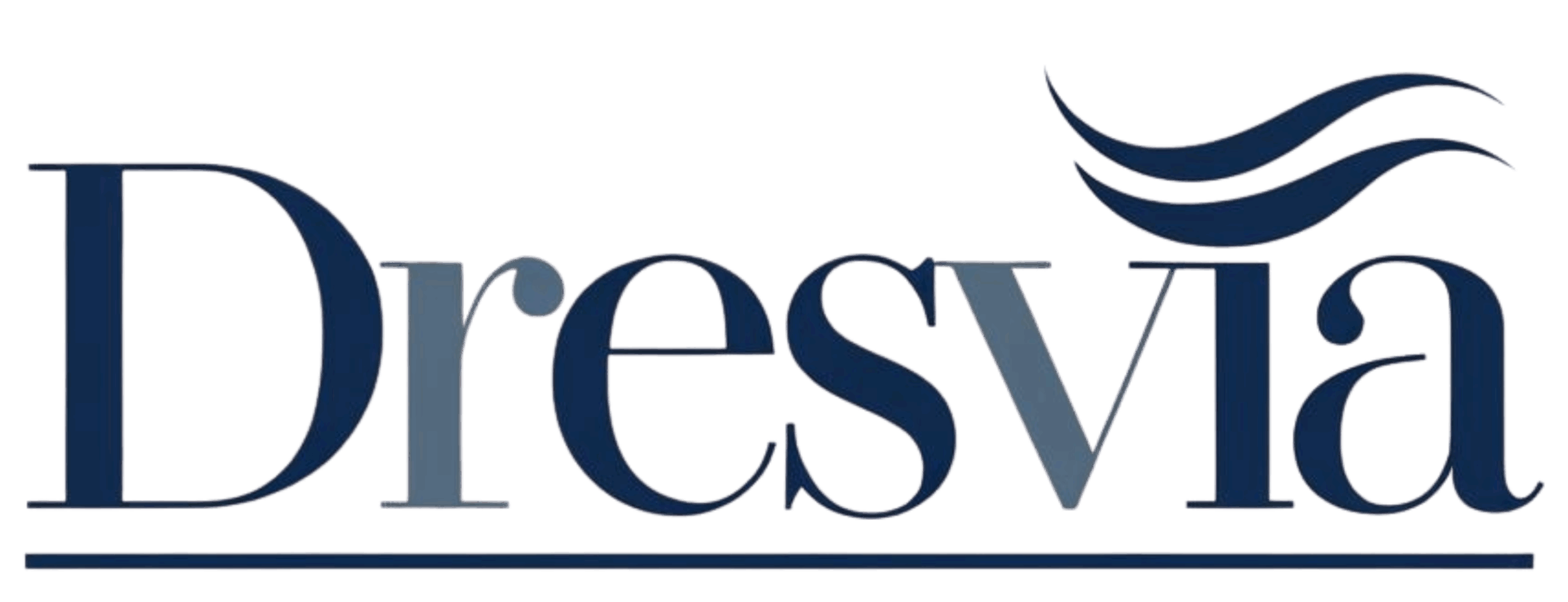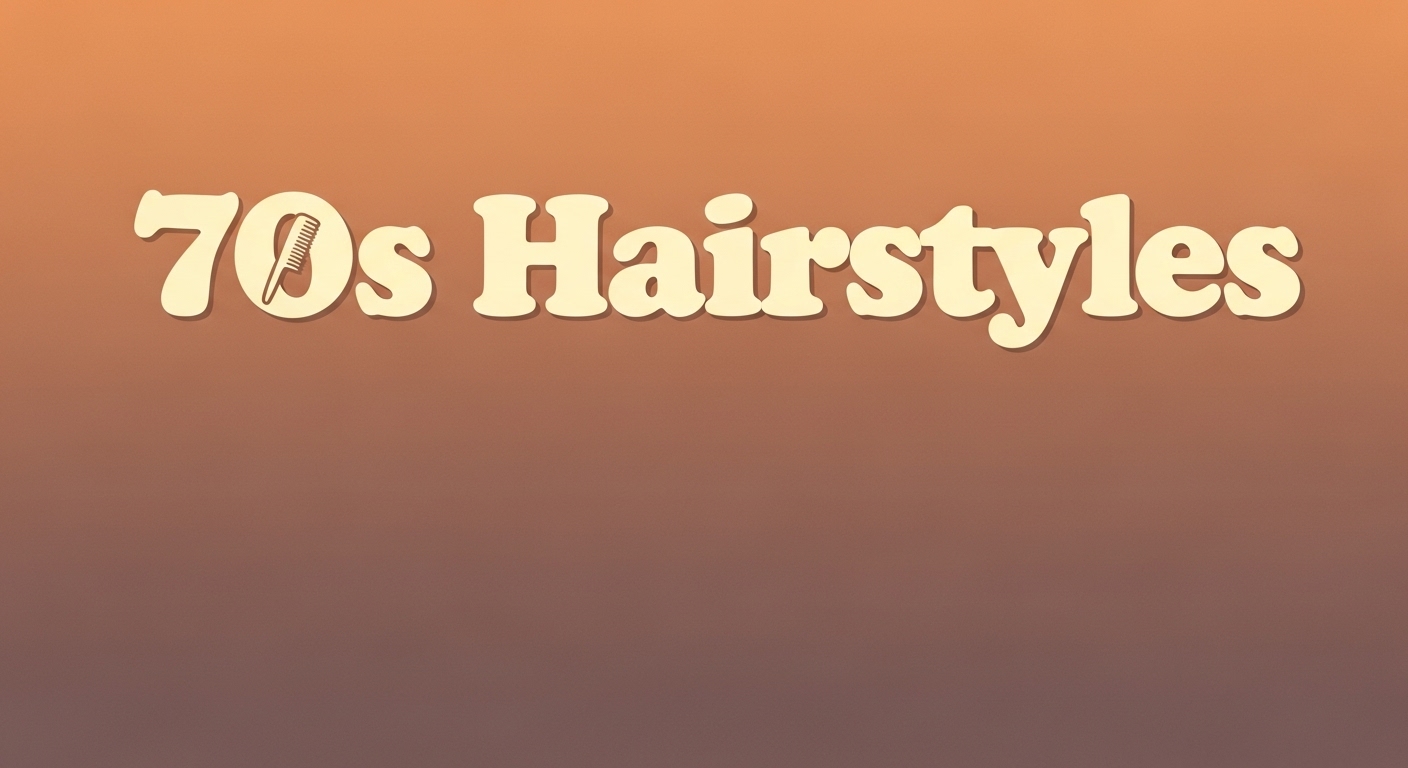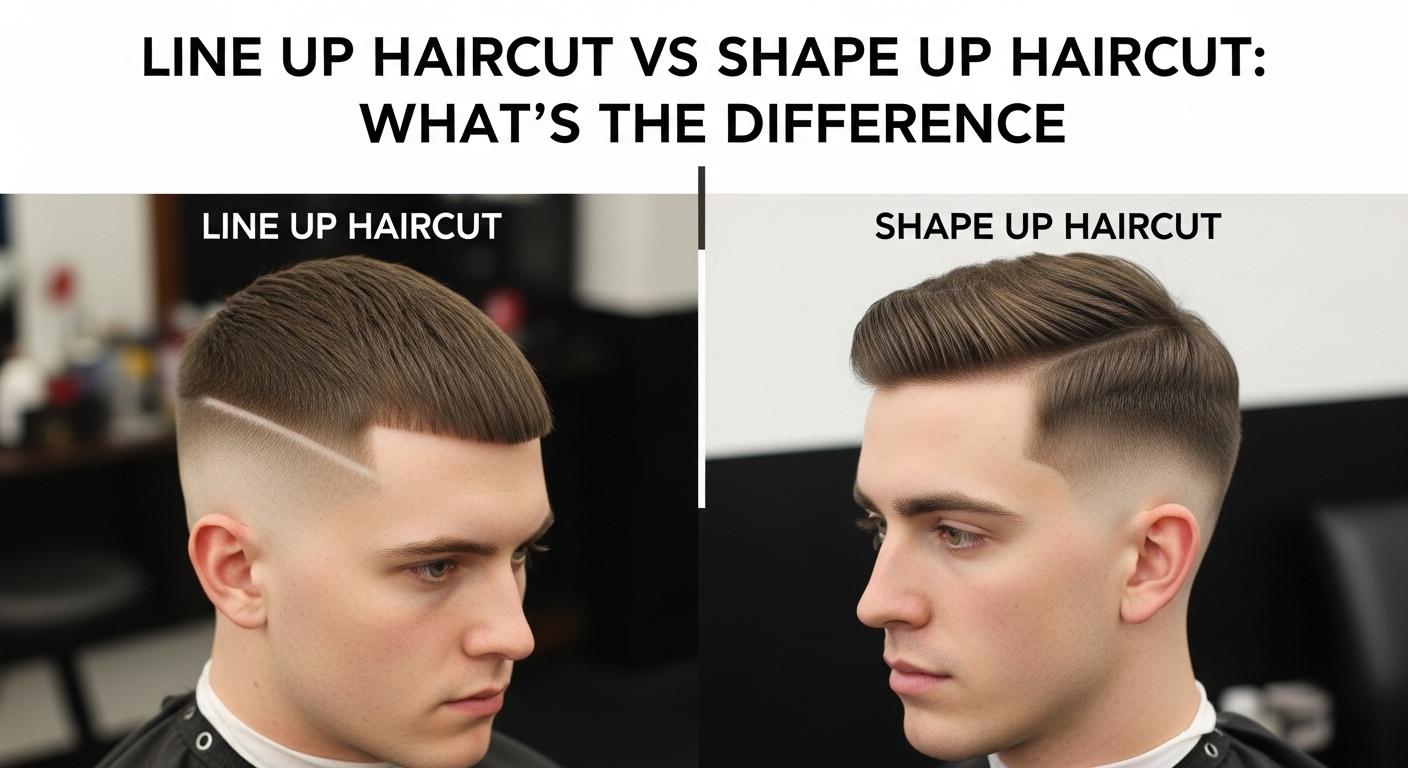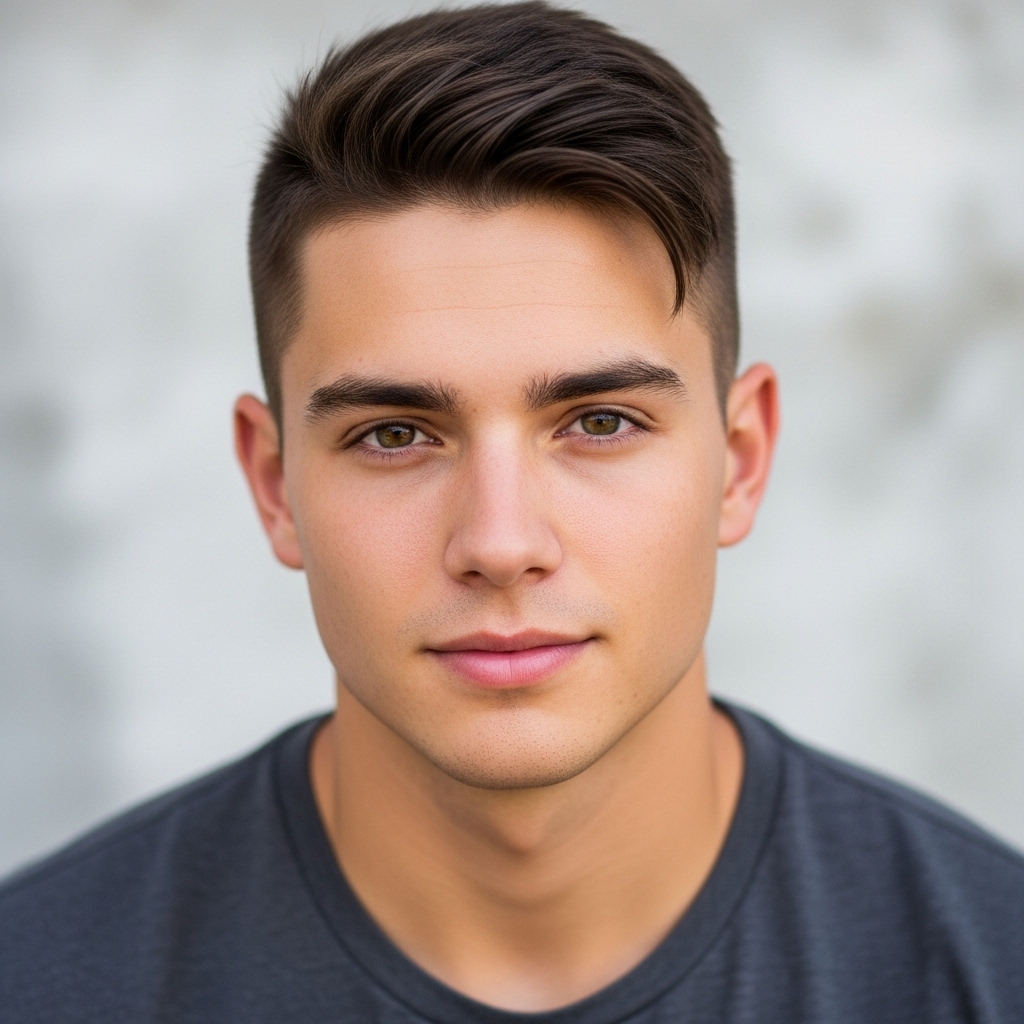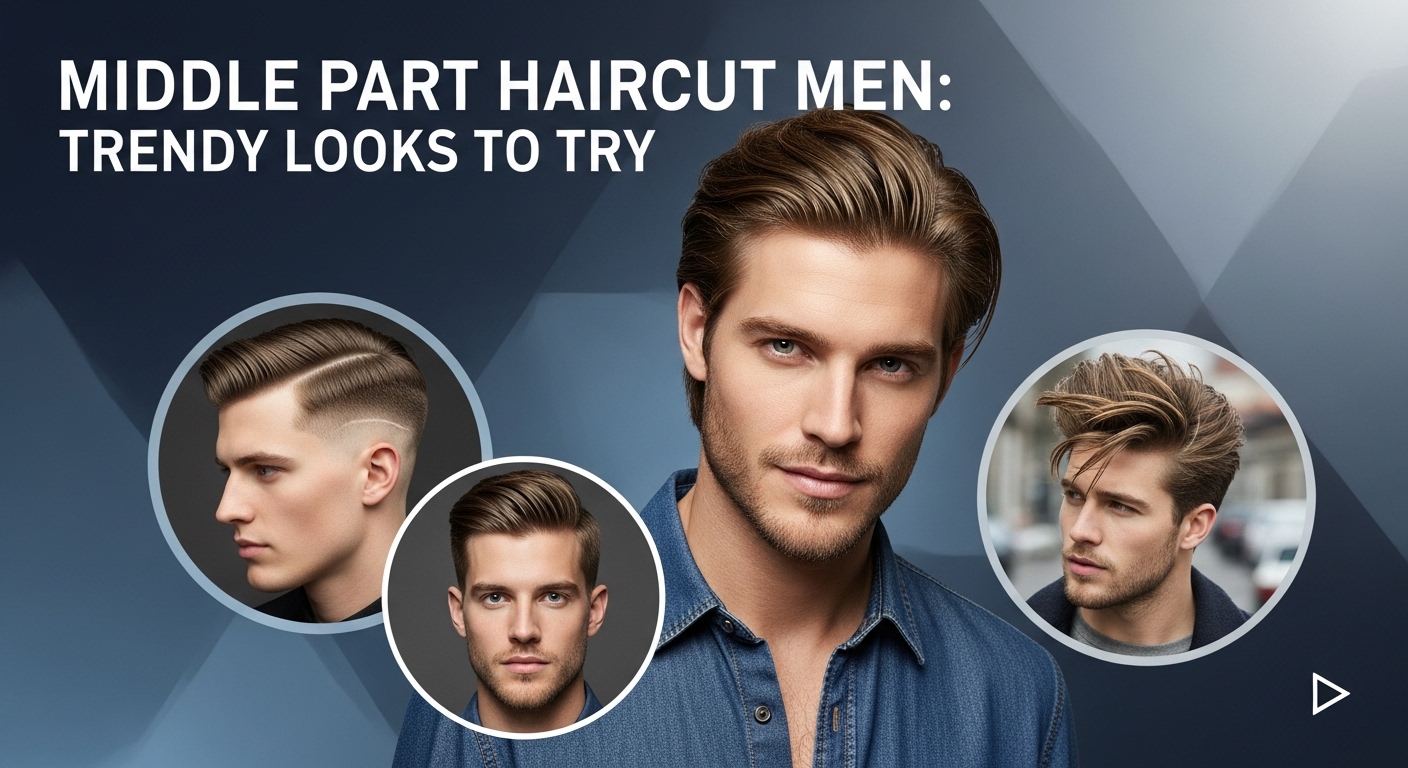It seems like some styles can never disappear entirely. They morph, twist, disappear for some time, and then pop up again with a completely different look. This is the case with hairstyles from the 70s. Big hair, feathered layers, shaggy cuts, afros, mullets, braids: they are with us, only revamped and up-to-date. You can spot them on the fashion runways, on the musicians, and among the general public. The seventies were not shy to embrace large, textured, and experimental hair. The era was all about self-expression and singing the praises of ones’ self through hair was definitely part of the vocabulary.
It becomes even more intriguing now, that these long-gone trends keep showing up unexpectedly one after another in today’s world.
Why the 70s Changed Hair Forever
The cultural canvas is significant. The 60s had already done away with the concept of traditional beauty, but the 70s took it further. Music, disco, hippie movements, and Hollywood all contributed to the trend. At the same time, more rigid and controversial styles like the Hitler haircut remained as stark contrasts to the era’s free-spirited looks.
In case of men, longer hair was more acceptable than it had ever been before. Beards were not shocking anymore. Think of rock stars that were not hesitant to let their hair grow out naturally, resulting in the occurrence of shags and curls in every corner.
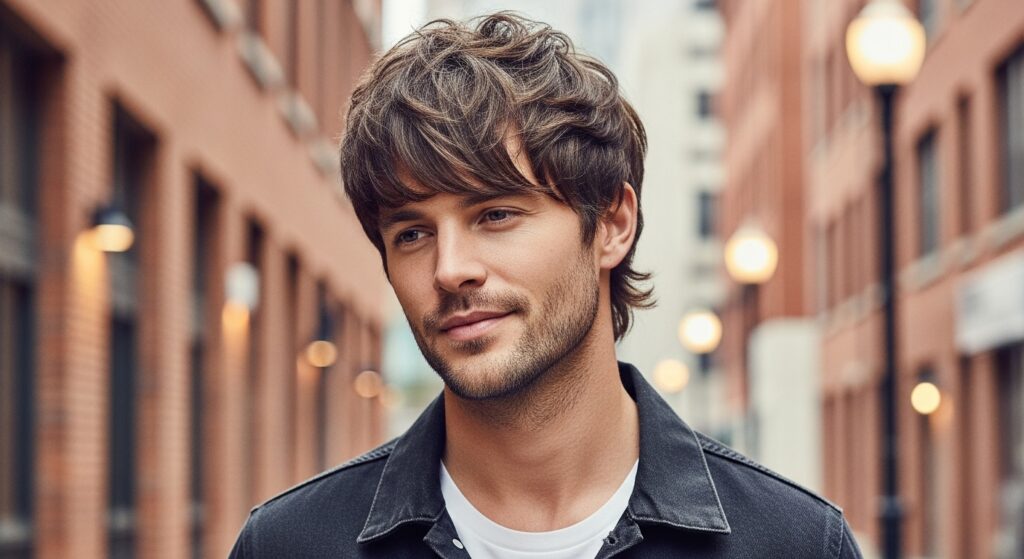
Popular 70s Hairstyles That Keep Coming Back
It is true that some cuts are irrevocably linked to the past. However, numerous others stay alive by constantly recreating themselves.
Feathered Hair
Farrah Fawcett should be credited for the feathered layers she created and turned them into an icon. The style was volumized, flowing, and glamorized with just the right amount.
The Afro
Afro seems to have been more than just a fashion trend. It was root-bound with the political, cultural, and the power of it all. It was a symbol of pride and identity. In the 70s, afros were anything from tightly curled to huge spheres.
Nowadays natural hair communities are essentially what they were in the 70s but with more products and hairstyles variety.
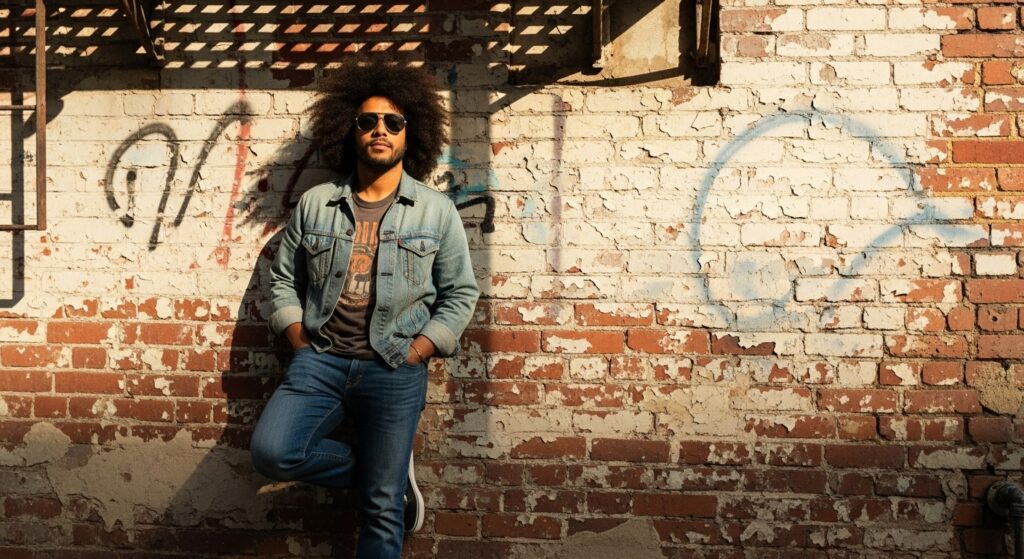
The Shag Cut
Shag was the epitome of being both messy and intentional at the same time. The layers were uneven, most of the time with the hair’s fringe and you could see this style on women with almost any hair texture. It was more of low-maintenance yet stylish at the same time.
The Mullet
The mullet has gone through history always being a subject that divides opinions. Business in the front and party at the back were the staples of the mullet type of hair in the 70s; The style was at its loudest when it was combined with things like curls or waves.
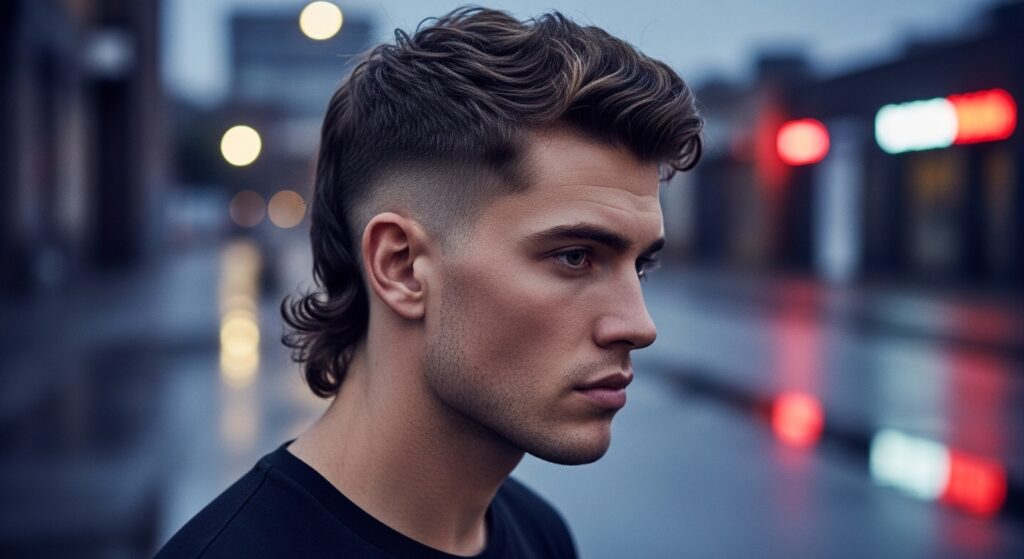
Braids and Cornrows
Despite the braiding customs dating back to the time of the ancient Egyptians, the Sixties and Seventies era saw the rise of cornrows and braids as a mainstream phenomenon that, besides beauty, also brought music, athletics, and culture.
Now, braids have remained at the center of the fashion world, and most of the time they are combined with fades, undercuts, or high fades for men. They are also often paired with sharp styles like the line up haircut to create a clean and modern finish.
Table of Iconic 70s Hairstyles and Their Modern Versions
| 70s Hairstyle | What It Looked Like Then | How It Shows Up Now |
|---|---|---|
| Feathered Hair | Voluminous, layered blowout | Curtain bangs, soft blowouts |
| Afro | Large rounded curls, natural texture | Defined curls, shaped afros, twist-outs |
| Shag Cut | Messy layers, fringe, rocker vibe | Textured shag, softer layering |
| Mullet | Short front, long back | Modern mullet, fade mullet |
| Braids/Cornrows | Tight scalp braids, cultural pride | Box braids, fade with cornrows |
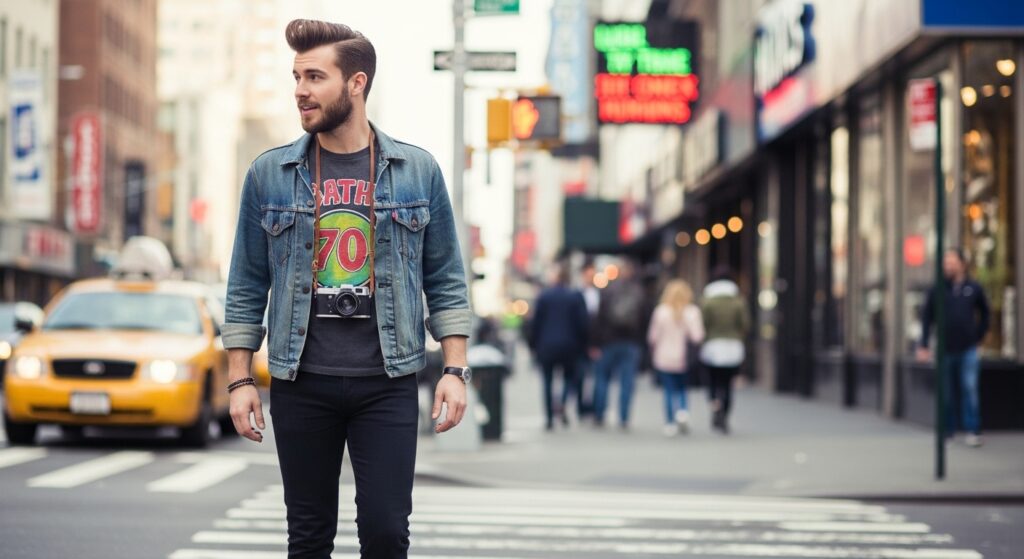
70s Hairstyles in Music and Film
It is quite a challenge to talk about hairdos from the 70s without referring to some of the personalities or icons. Musicians were the ones who set the trends. David Bowie transformed the mullet to glam-rock style. The Bee Gees popularized the feathered hair as the disco trend. Jimi Hendrix’s afro was just an eye-catcher and the rest is history.
Hollywood was not far behind. Hollywood stars like John Travolta in the film Saturday Night Fever were among the first to flaunt the glamorous disco look. Clint Eastwood used the shag look in his cowboy movies. In addition, Farrah Fawcett was almost like a billboard for feathered layers.
All of these were everywhere – in the daily life, the 70’s was a decade of the golden age of fashion influence.
Why They Still Resonate
Several reasons for these hairdos being trendsetters even today:
- The application of volume and layers has not lost its charm over time – the combination is suitable for almost everyone.
- Significance from the point of view of culture – especially in case of afros and braids.
- Among the reasons for their popularity was also quite a substantial one – the element of revolt and protest that accompanied them – mullets, shags, and even altogether uncut long hair indicated that a person is not keeping in step with everyone else.
- There is also nostalgia which cannot be left out – people cannot resist the urge to bring back former times and styles.
Almost every fashion finds its way back to the wardrobe of the current age. The 70s contributed one of the most distinct fashion signatures to the history of vogue.
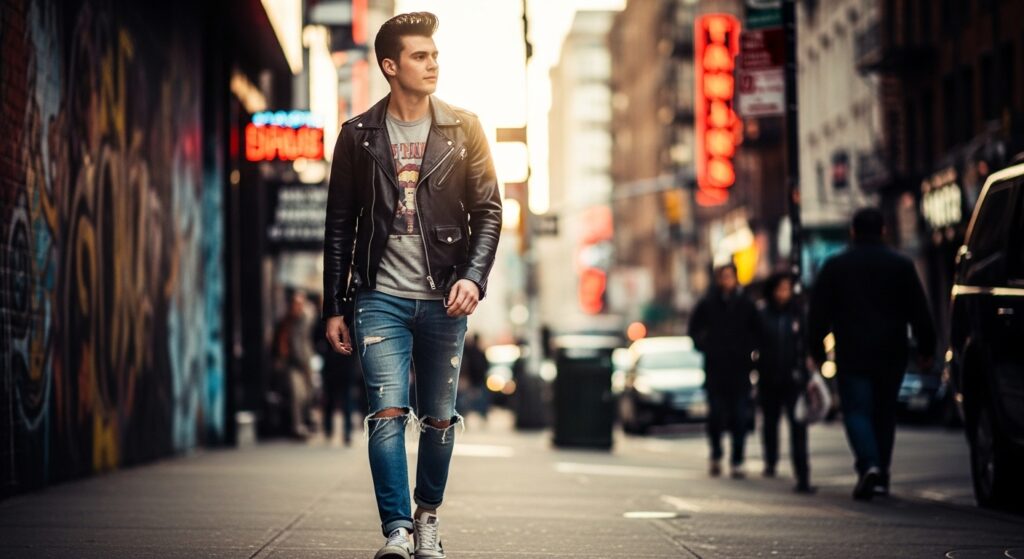
Final Thoughts
The transformation of hair trends being so incredibly varied is the aspect of hair fashion that is right opposite to being the least one.
It’s a tiny item that can greatly change your Instagram feed or the way you watch a music video. How often have you seen a new haircut that seemed familiar? The most likely reason is that it was related to the 70s.
FAQs
1. What was the most typical hairdo in the 70s?
The feathered hairstyle, which was the hair style of Farrah Fawcett, was the most popular one. Men shag cuts and afros were the most liked ones.
2. Were long haired men in the 70s?
It was a trend that men had long hair and it was not only limited to rock stars and actors. They were the ones that made shoulder-length shags, mullets, and feathered cuts acceptable and common for the general public.
3. Is miden really back in style today?
Yes, mullets are getting back and are fashionable now with some changes like the mullet fade. It is once again popular especially among the young people.
4. Why was the afro so significant in the 70s?
The afro was the trend as well as the cultural statement. It was the symbol of pride, identity, and the forefront of the acceptance of natural hair texture.
5. How are the modern shags different from the 70s shag cuts?
The current shags are done with more precision, are more stylish with having a deliberate texture, and are sometimes combined with curtain bangs.
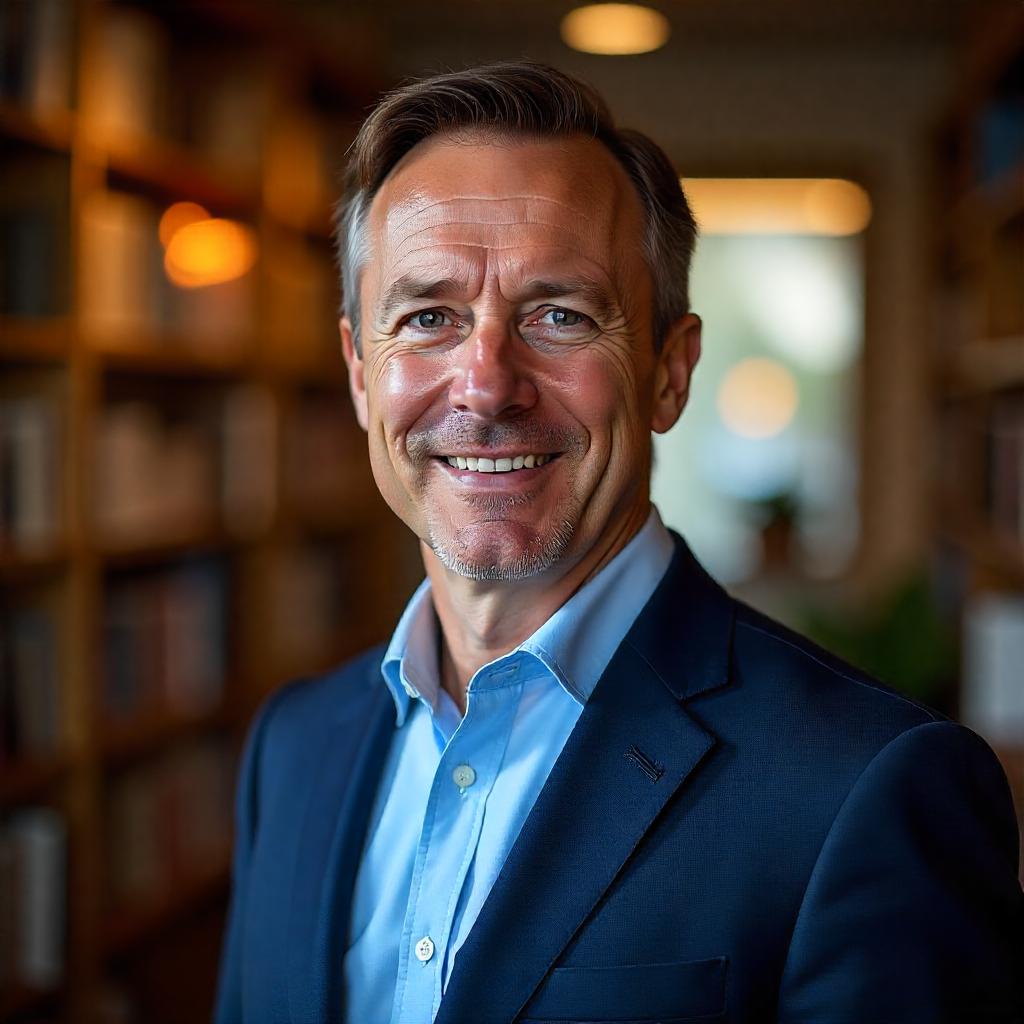
Chris Jordan explores the world of haircuts and grooming, giving readers smart tips on finding their perfect style and using the right products. He’s especially focused on barbering trends, fade styles, and grooming tools. Chris aims to inspire confidence through clean, well-maintained, and stylish hair.
